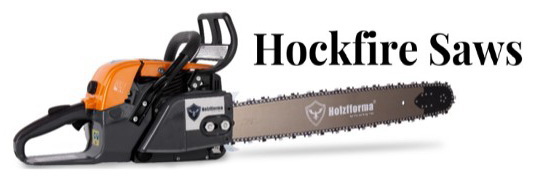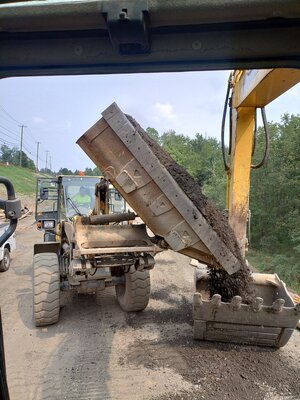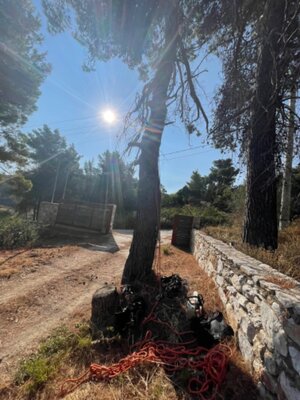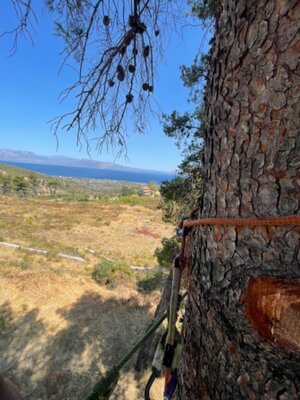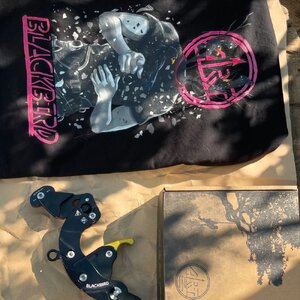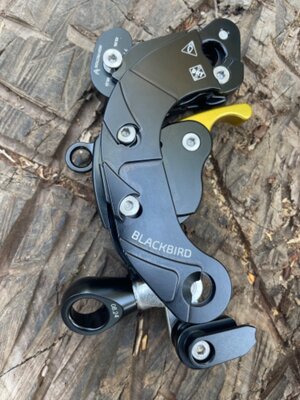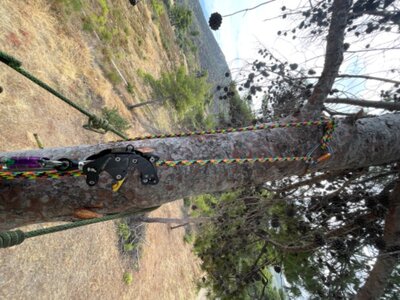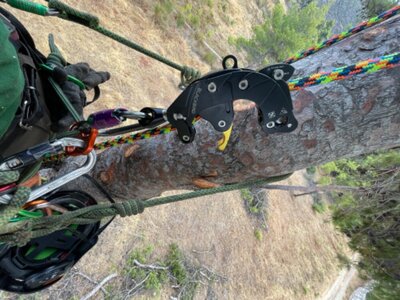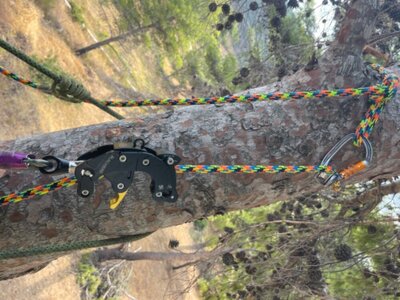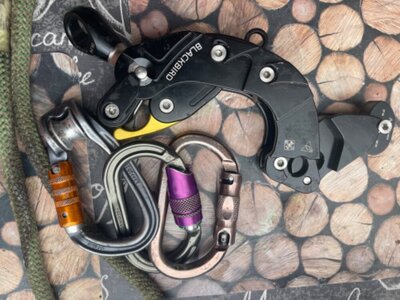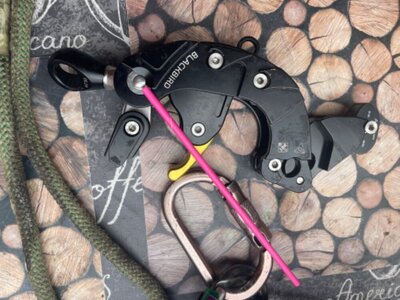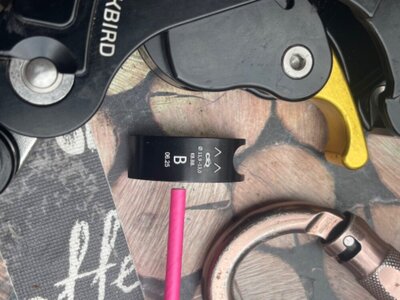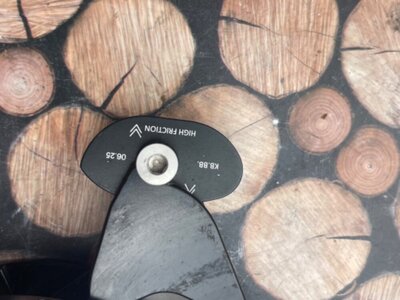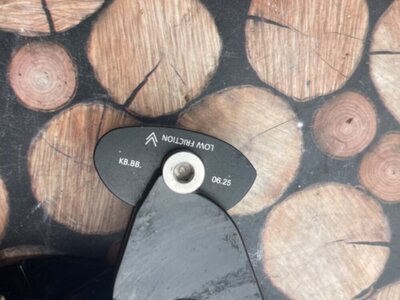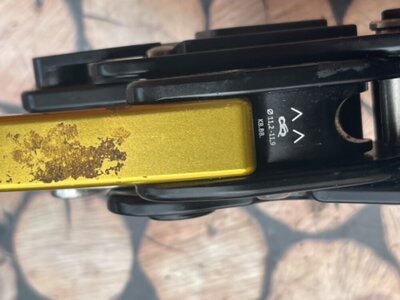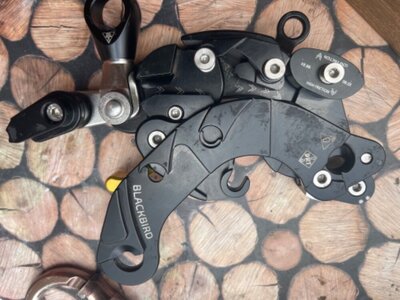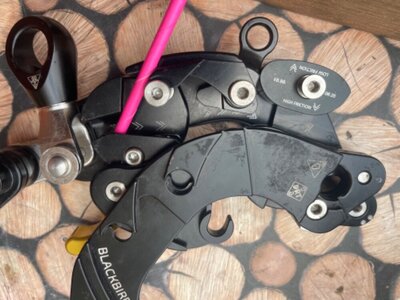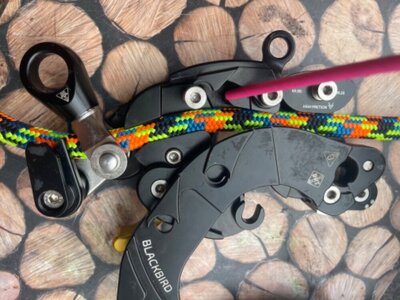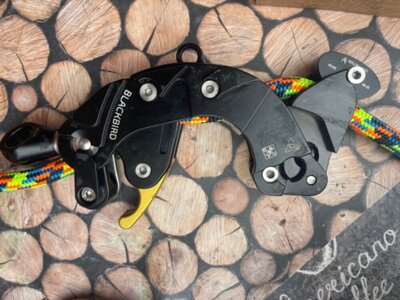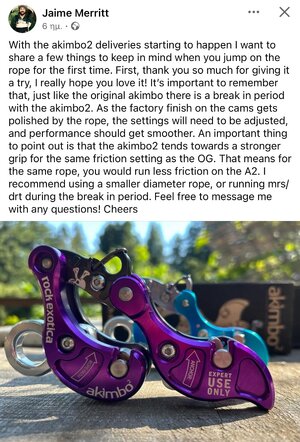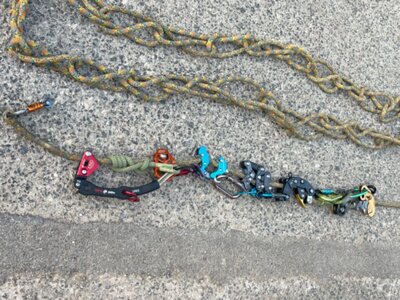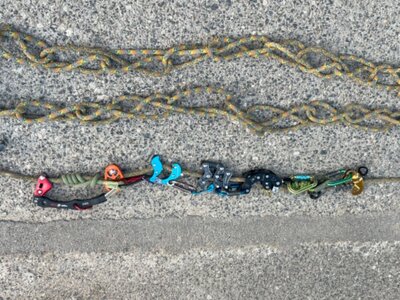This is where I've been poking around, going to try to figure out which sites where which by the stumps and gear found.
@Catbuster
OLD SAWMILLS ON SANTA ROSA MOUNTAIN
There have been three sawmills on Santa Rosa Mountain that I am aware of and I have been told that for a short time some trees were cut, and the logs transported off the mountain to a sawmill down near San Bernardino. Mr. Clarence Contreras (personal communique) told me that the first of the sawmills was on the south side of the mountain. According to Clarence (
ibid.), this sawmill was located on Indian Reservation land near the Old Santa Rosa Village and was operated in the 1920s. He said that most of the lumber was used to build the houses on the Santa Rosa Indian Reservation and because the lumber was not completely cured, many of these houses have warped over time (
ibid.). Apparently, this sawmill did not have a finish planning mill, so all the lumber was rough cut (
ibid.). Since the Santa Rosa Reservation was established in 1907 (Eargle 1986:134) it is possible that this mill started working before the 1920s.
We were told by Mr. Nightingale that the exterior slab lumber used to build the horse coral, horse shed, and the car port at our cabin came from this old sawmill. The best we can tell, our cabin was built about 1934, so if this lumber came from that mill it was probably obtained from left over scrap piles after the sawmill had shut down.
Clarence told me that the mill was operated by a Mr. Newt Angel, a man from San Diego County (
ibid.). While working on some potential sources for archaeological lithic materials I ran across the name Newton Angel, a tourmaline prospector from northern San Diego County (Rynerson 1967:124). Rynerson also shows a picture of Mr. Angel and his eight sons at their homestead in San Diego County (
ibid.:30). I believe this is the same person referred to by Clarence as the operator of the sawmill.
While talking with Mr. Paul Boggs, he reminded me of the second sawmill, one that I had totally forgotten about. This mill was operated for a short time during W.W.II and was a portable sawmill set up at the large flat along the road up the mountain about a mile and a half up from Highway 74. Paul (personal communiqué) recalled going with his dad, Paul Boggs, Sr., up to the mill to buy the lumber that they used to add a room onto the house and to build the garage. He (
ibid.) recalled that the logs were cut up on the mountain and then trucked down to the sawmill for cutting, that the mill only produced rough cut lumber, and that the mill had an automatic feed for cutting the logs but that the logs had to be pushed back manually for the next cut.
Since they had no way of transporting the lumber down to their place, his dad hired Mr. Art Guanche and his brother to use their truck to haul the lumber down to the construction site. I now remember passing this old mill when we made trips up to Mr. Steve Ragsdale’s old log cabin, once even having to pull over to let a logging truck pass. The flat where this portable mill was located later became an area for setting out beehives.
The third sawmill was erected by Mr. Arthur Nightingale up on the north face of the mountain. It was located just above what the timber line was back then and was built shortly after W.W.II ended, probably late 1945 or early 1946. Mr. Nightingale extended the road that went to the Pigeon Creek prospect / mine up to the sawmill sight. The logs were cut up on the mountain and skidded by cat down to the mill. They were stored in a pile and rolled up a ramp into the mill. This mill had automatic feed and return and had a saw dust burner just east of it. The saw dust was blown up through a pipe from the cutting area to the burner. The basal portion of the burner is the only thing remaining of this old sawmill. The lumber was stacked near the mill and allowed to sun dry for a short period of time before being hauled down the mountain. The rough-cut lumber was then trucked down the hill to the planning mill at Pinyon Flats. This planning mill, known locally as “the sticker plant,” was located down in the hollow to the east of the present-day transfer station. Here the rough-cut lumber was planned smooth and shaped into several different varieties of finished lumber. Some of it was made into 1 x 12 ship-lap paneling wood.
Mr. Nightingale cut the road up to the mill with his old orange Allis Charmers cat, the same cat used to put in the water lines here at the Pinyon Pines subdivision. The blade on the cat was cable operated, so cutting the road up the mountain was not an easy task. This same cat was used to skidding the logs off the hill and down to the mill. The old road had two sharp turns where the lumber trucks usually had to make several forward and backward moves before they could get around them, especially when they were loaded with very long pieces of lumber. This was sometimes a real problem when the long boards would sag and drop down almost to the ground, this made backing up the trucks rather tricky. This old road is presently shown on the USFS maps as the “Sawmill Trail 5E03.”
The sawmill was not in operation very long, as it was apparently a marginal operation at best. When one of the mill workers fell between the logs as they were being rolled up the ramp and into the mill and that was apparently the end. He was crushed between the logs and broke several ribs and some other bones. While he did not fully recover from the accident, I was told he did get well enough to walk again. He and his wife lived here at Pinyon, but I cannot remember their names. I believe his wife’s first name was Fanny, but I am not even sure of that.
After the mill shut down, Mr. Nightingale gave my grandfather the old tool shed up at the sawmill. Our family went up and took apart the old tool shed and hauled it back to our place at Pinyon Pines using my grandfather’s old utility trailer pulled behind his 1939 Chevrolet. That lumber was used to enlarge the kitchen and to build the front porch at our cabin. In talking with my half-brother, Mr. Robert E. Lee, we think this was sometime in the fall of 1946. He returned from Europe in 1945 after going with Gen. Patton from the second wave at Normandy up to the Russian linkup near Berlin and thinks it was about a year after he got back that we went up and got the tool shed.






